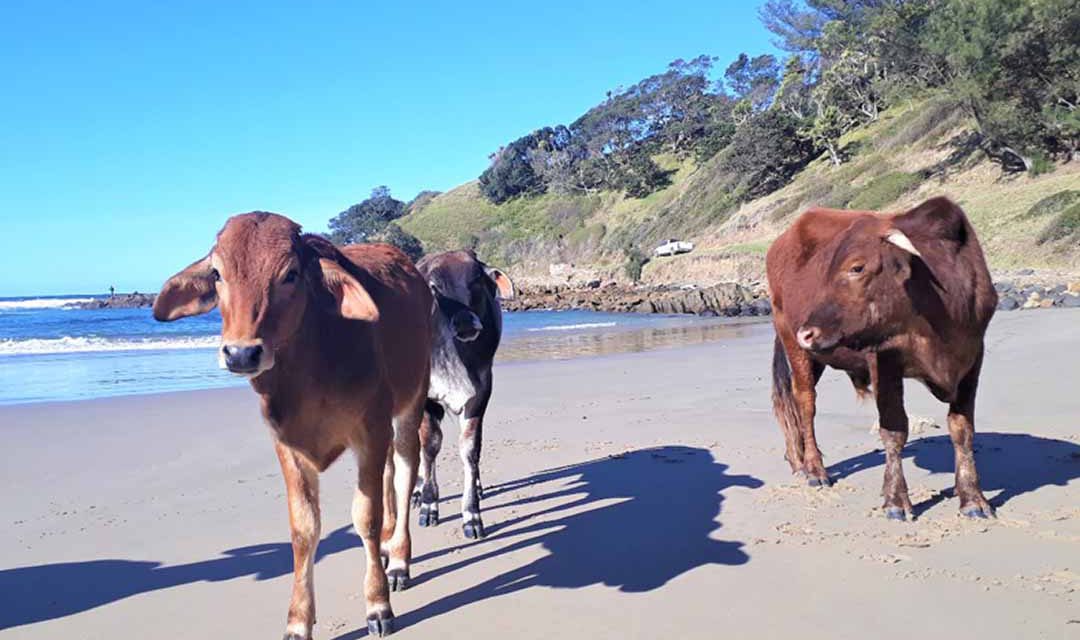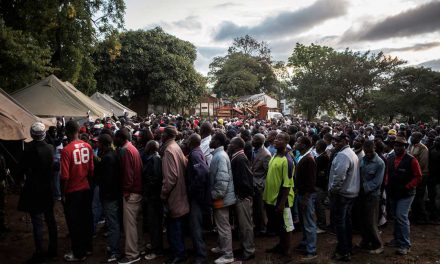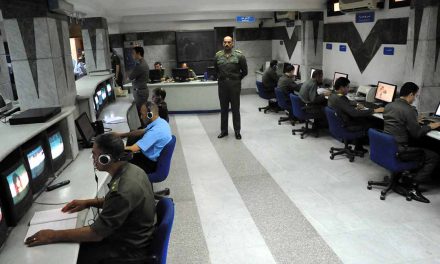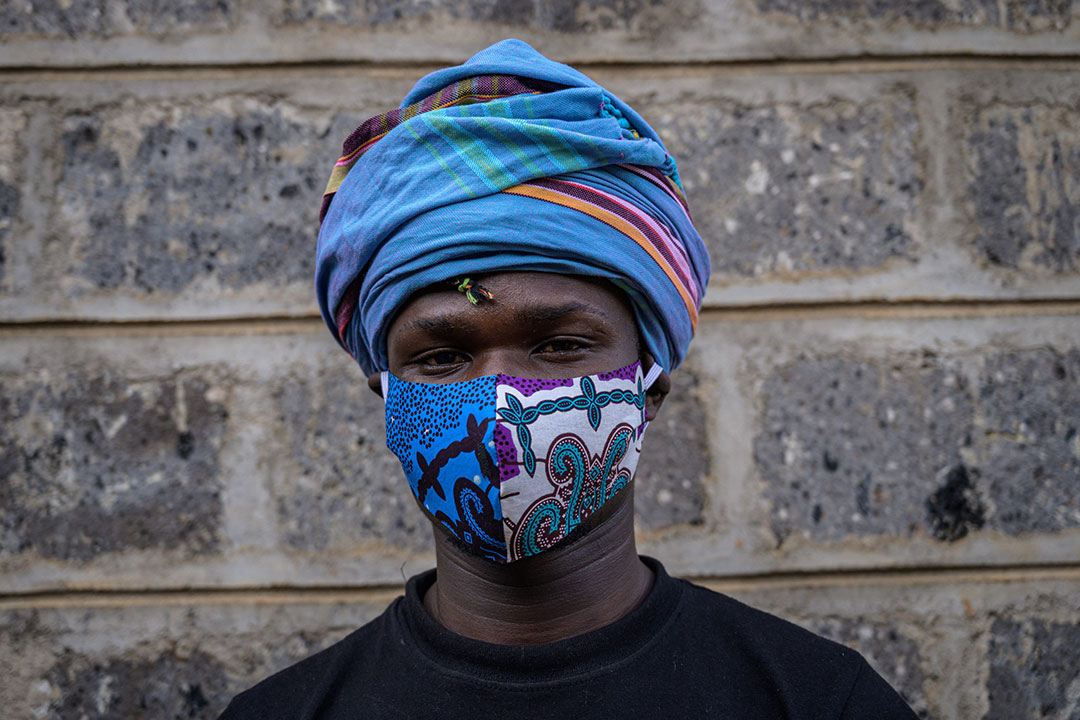Southern Africa: cattle and colonialism
Historically, cattle are central to the lives of southern Africans in economic, political, social, spiritual and cultural terms
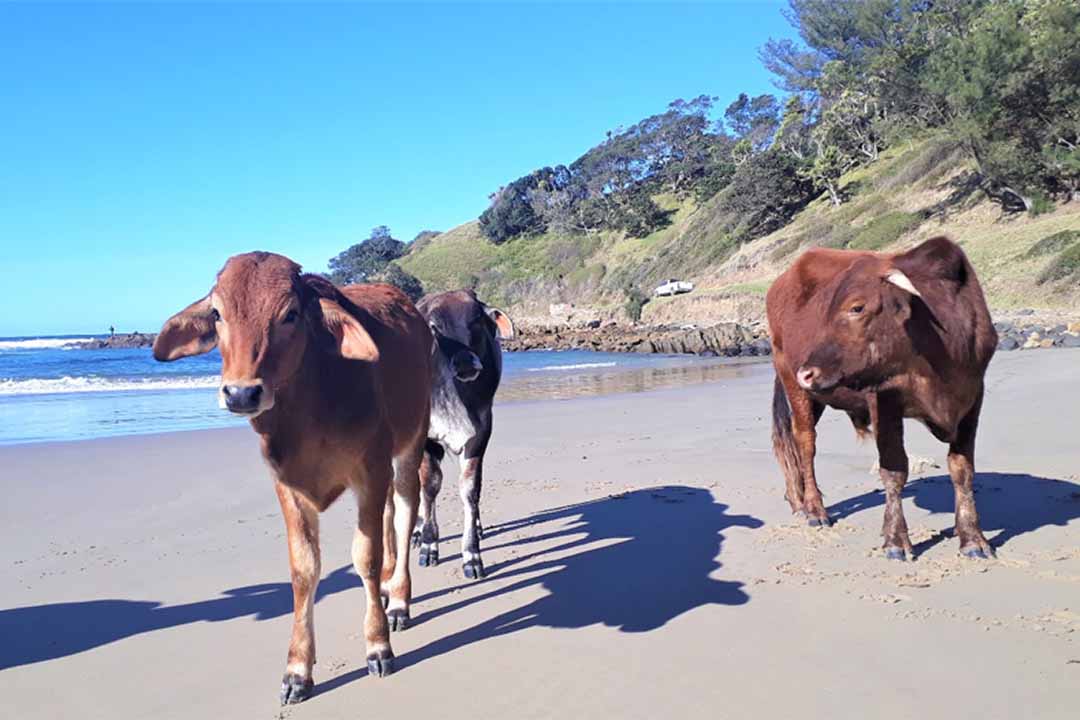
Human life, and human wellbeing, are tightly bound up with the flora and fauna with which we share our world, with the domestication of animals – sheep, goats, cattle, horses, even dogs and cats – for food and labour an integral element of the history of human settlement. And in southern Africa, perhaps more than dogs and horses, cattle have played a central role in the lives of homo sapiens; cattle history is closely connected to human history. Around eight millennia ago, in two separate domestication events – one in the fertile crescent (a region that included what is modern-day Iran, Iraq, Israel, the Palestinian territories, Syria, Lebanon, Egypt, Jordan and areas of south-eastern Turkey) and another in India – bos Taurus and bos Indicus cattle emerged, respectively.
Domesticus is Latin for belonging to the home, thus human and cattle history cojoined during the agricultural revolution. The relationship between cattle and humans has been instrumental in human advancement because humans took from cattle dairy (bovine mammalian secretions), meat (flesh), leather (skin), and draught power (labour). Ancient societies deified cattle as gods, especially of fertility. Otherwise, humans conceived of cattle as reproducible, moveable financial assets. And in southern Africa, Nguni-speaking societies and Nguni cattle joined together south of the Drakensberg escarpment around 700 AD. Comparative historical linguistics suggests that, during the second half of the second millennium, generational and gender ethics changed in relation to the political and economic centralisation that accompanied a shift to keeping cattle among grasslands Nguni speakers.
Nguni lexical sets for cattle breeding and life cycles emerged alongside developments in the structure of Nguni human societies, including gendered roles. The increasing exploitation of cattle and goats enabled greater political and economic centralisation; Nguni speakers and Nguni cattle co-evolved. Cattle appear richly infused with meaning in southern Africa. Due to their domestication and therefore predictable availability, cattle, among other things, have bound together human social and familial relations via bride wealth (lobola), and opened human ancestral communication in ritual slaughter ceremonies. Cattle represented, and still represent, capital and cultural prestige, and myriad wars and raiding expeditions were conducted over cattle, while centralised hierarchical chiefly power was premised upon controlling cattle.
Jan van Riebeek’s mission to the Cape in the 1650s was to establish a merchant base and livestock supplies, and his journals reveal a sustained primary interest in acquiring bovines. Historically, cattle are central to the lives of southern Africans in economic, political, social, spiritual and cultural terms. And in southern Africa, colonialism radically disrupted and reconfigured the relations between local populations and cattle. Cattle and colonialism are linked in southern Africa. Consider some quick illustrations: after the great cattle massacre in the Eastern Cape in 1856-1857, when Xhosas killed around 400,000 cattle, historian Jeff Peires writes that the Xhosa “national, cultural and economic integrity… finally collapsed”. In Namibia, after the rinderpest epidemic in 1897, the Herero were significantly weakened and German settler colonialism started to consolidate.
In Zimbabwe, the First Chimurenga – the Ndebele-Shona revolt against Cecil Rhodes’s British South Africa Company (1896-1897) – failed during the rinderpest epidemic and Southern Rhodesia took its name in 1898. Cattle died in traumatic, writhing pain and their position in southern Africa started to undergo radical shifts. Since cattle were bedrock features of political, economic, social, and cultural institutions, rinderpest dramatically weakened these. The rinderpest epidemic of the late 1890s that decimated cattle populations across southern Africa facilitated the establishment and increasing coverage of colonial veterinary regimes and regulations governing animals, especially in South Africa. Here, the first colonial veterinary surgeon was appointed in 1874. In 1908, Arnold Theiler set up the region’s first, and the continent’s second, veterinary facility, which later became the Onderstepoort Veterinary Institute.
By 1918 the Department of Agriculture spent 66% of its budget on veterinary services and research, and its Sheep Division (Union of South Africa, Annual Report of the Department of Agriculture, 1919). In the wake of animal disease epidemics, settler colonial state institutions became deeply involved in exerting formal institutional control over cattle, implementing a range of laws in the process. These laws implemented control over cattle fencing, dipping, brand registration, veterinary policy, quarantine and slaughter enterprises, fences, immunological and prophylactic research, national and local disease epidemic commissions and border guards, to name a few aspects. The arms of state started to control the conditions of human cattle ownership, cattle genes, their birth, health, movement, sex, and death. In cattle history, this was a major shift.
The political philosopher Kimberly Smith has argued that the expansion and consolidation of modern states was, in many ways, driven by increasing control over domesticated animals and in southern Africa this appears to be the case. Developments in refrigerated shipping and rail, and large contracts from the British army during the South African War, saw the emergence of a powerful mechanised animal flesh-producing monopoly – the Imperial Cold Storage and Supply Company – in the early 20th century. By 1925, Imperial Cold Storage had set up abattoirs in Walvis Bay, Bulawayo, and Lobatse and had secured decade-long export monopolies. Simultaneous to this, like other British colonies, the South African settler state became acutely interested in purposive, “scientific” cattle breeding. Between 1910 and 1918 South Africa imported 2,430 “pedigree stock” bulls and oxen and 4,574 cows and calves.
By the 1920s, there were five agricultural colleges in South Africa that had specific cattle breeding programmes, and sales of pure-bred “stock” from them increased from £7,303 in 1915 ( £744,522 in 2019) to £28,251 in 1918 (£1,592,000 in 2019). Focused essentially on increasing the monetary value of cattle (for flesh or milk), these breeding programmes had profound ontological and genetic effects on cattle. Similar shifts in cattle history occurred in Botswana during the early 1900s, while it was the British protectorate Bechuanaland, receiving its own permanent veterinary officer in 1905 and a stock inspector in 1908. By the 1930s Bechuanaland had 35 state veterinarians, plus stock inspectors and officers. From the 1930s, at Good Hope, Masama, and Leupane, the Bechuanaland Veterinary Department initiated “livestock improvement schemes”, which demonstrated husbandry techniques like castration, vaccination, and disease recognition, and provided bulls for breeding.
Bechuanaland’s first veterinary school was built in Ramathlabama in the 1950s. In 1965 the Botswana Meat Commission (BMC), a centralised and monopolised state institution for promoting cattle flesh exports, was constituted and became a major source of foreign exchange for the country’s economy. Paradoxically, as humans in Botswana received formal colonial independence (1966), so cattle were drawn increasingly into the colonial structures of industrialised animal agriculture (abattoirs, meat processing plants, tanneries) controlled by the newly independent state. Today, South Africa and Botswana have large cattle industries. Cattle frequently outnumber humans in Botswana, while South Africa’s cattle population has remained at about 10 million for the past century. Half of South Africa’s cattle live in rural areas. For rural cattle, life is radically different to that experienced by their kin who live in industrialised facilities with their intensive breeding, feed lots, and veal or dairy facilities.
I spent several days alongside free roaming rural cattle in Mdumbi in the Transkei region of South Africa’s east coast. The extent to which cattle in Mdumbi are free to consort and roam with their kin and herd is striking. Cattle there hold more cultural and social prestige. There is a compelling distinction between the lives of rural and industrialised cattle. Cattle born in intensive breeding facilities, confined in veal production cages or dairy factories, or feedlots, or artificially inseminated in breeding programmes then invariably goaded to an abattoir, inhabit an emotional and experiential world totally different to the free roaming cattle in rural southern Africa. A cow who feeds her calf on the Mdumbi beach, among her herd and lying on soft warm beach sand, is in a dramatically different position to a calf-deprived cow, who is repeatedly impregnated and intensively milked for her short, confined industrial life. Since cattle are mammals possessing the requisite neurological and biological hardware for consciousness and perceptions, plausible inferences can be made about how different conditions and historical shifts impact cattle’s lives and experiences.
This is one way to navigate the challenge of cattle leaving no written texts from which to construct the subjective aspects of their history. Though still chattel property, cattle herds in the Transkei roam unhindered, choose grass and plants autonomously, and are generally able to live and express behaviours in species characteristic ways. This sketch of cattle history in southern Africa shows that colonialism also had an impact on animals. A cattle history, an inter-species history, shows us how history has differently shaped lives of cattle, and that legacies of settler colonialism, such as industrialised animal agriculture, still affect their experiences across the region.
Michael Glover is pursuing a PhD on a cattle-centred history of southern
Africa at Leiden University and the University of the Free State. He has published on animal history, animal ethics, open education, and activity theory. Michael is an associate fellow of the Oxford Centre for Animal Ethics

